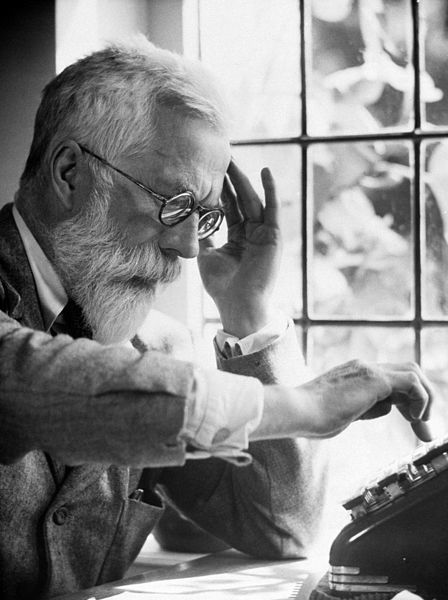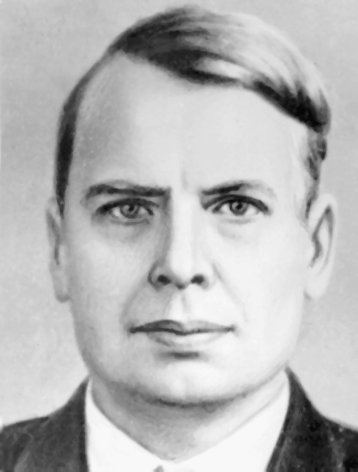Wibbly Wobbly Timey Wimey Stuff
Gavin Simpson • Kim Hinz • Stefano Mezzini
Department of Biology • November 29th 2019
We meet today on Treaty 4 lands, the territories of the Cree, Saulteaux (SOH-toh), Dakota, Lakota, Nakoda, and the homeland of the Métis Nation.
Today, these lands continue to be the shared territory of many diverse peoples.
Use statistics to learn from data in presence of noise
One way to describe statistics is the principled process by which we learn from data in the presence of noise and uncertainty
Learning from data…?
Why would we want to learn from data?
Estimate parameters for a theoretical model
Lotka-Voltera models of competition between species
Compare theory with observation
What do the data tell us?
If we want to know how theory matches with observation then we might want to see what the data can tell us without imposing too many restrictions or constraints on our statistical model
Progress with little or no theory
We may have little or no theory to work with, so we take an empirical approach which may lead to the development of new theory
We learn from data because it can highlight our preconceptions and biases
Learning from data
Learning from data could be a simple as fitting a linear regression model...
Or as complex as fitting a sophisticated multi-layered neural network trained on huge datasets or corpora
Learning involves trade-offs
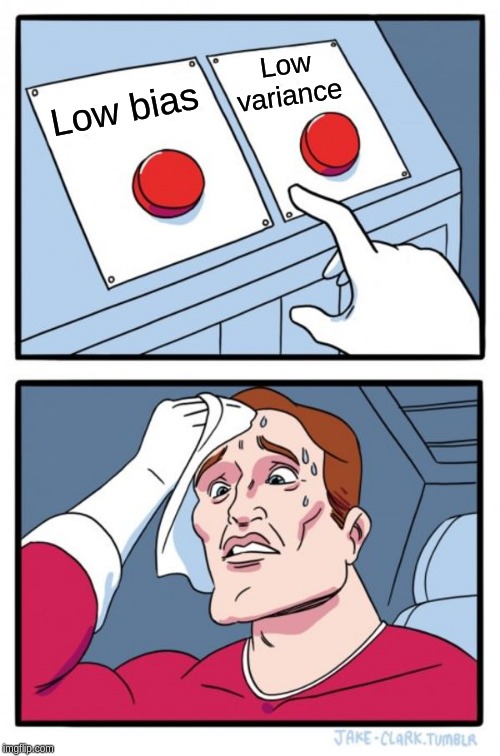
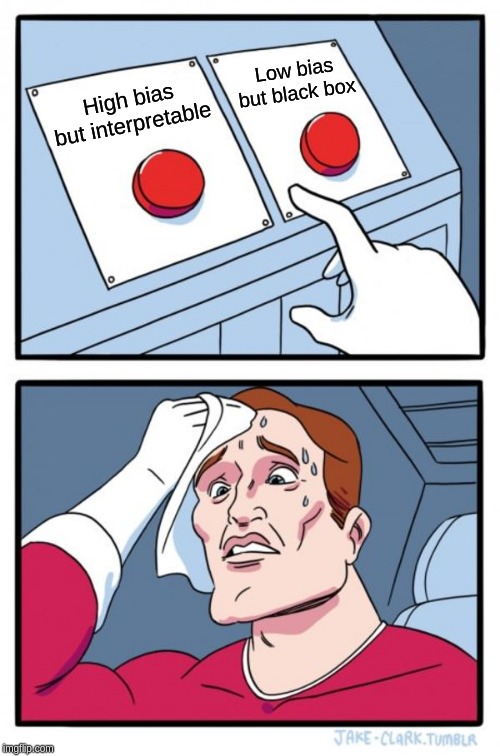
Learning from data involves trade offs
We can have models that fit our data well — low bias — but which are highly variable, or
We can fit models that have lower variance, but these tend to have higher bias, i.e. fit the data less well
A linear regression model is very interpretable but unless the underlying relationship is linear it will have poor fit
Deep learning may fit data incredibly well but the model is very difficult to interpret and understand
GAMs are an intermediate-complexity model
- can learn from data without needing to be informed by the user
- remain interpretable because we can visualize the fitted features
GAMs fit wibbly wobbly functions
Heresey, I know, but I prefer my sci-fi more Duffer Brothers than Time Lord
The wibbly wobbly stuff — splines
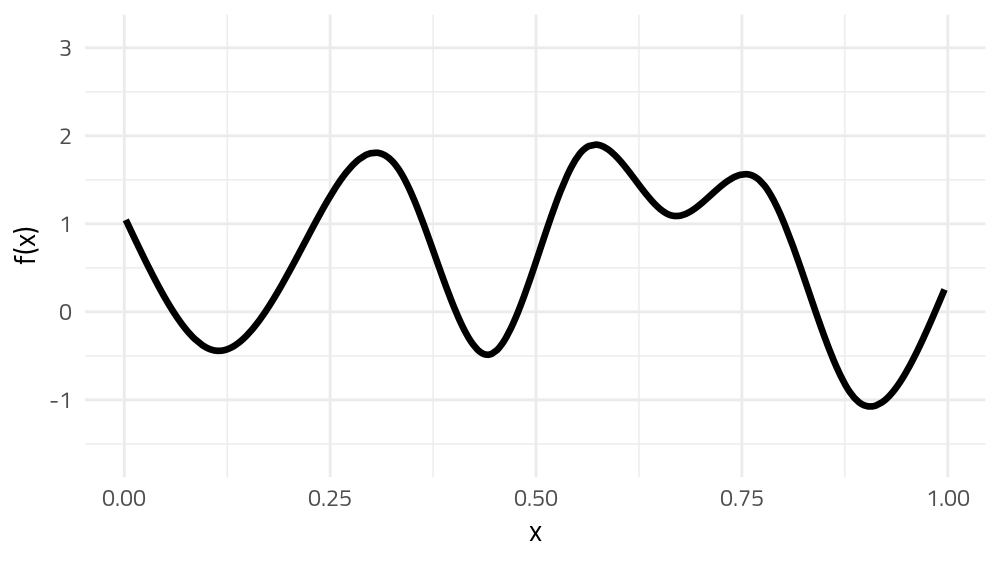
GAMs use splines to represent the non-linear relationships between covariates, here x, and the response variable on the y axis.
Splines formed from basis functions
Splines are built up from basis functions
Here I'm showing a cubic regression spline basis with 10 knots/functions
We weight each basis function to get a spline. Here all the basisi functions have the same weight so they would fit a horizontal line
Weight basis functions → spline
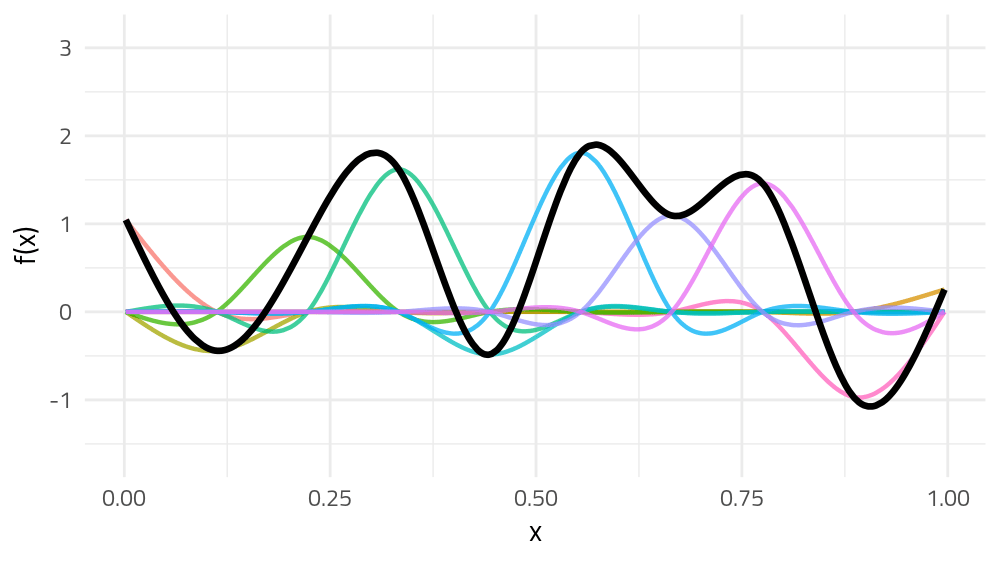
But if we choose different weights we get more wiggly spline
Each of the splines I showed you earlier are all generated from the same basis functions but using different weights
How do GAMs learn from data?
How does this help us learn from data?
Here I'm showing a simulated data set, where the data are drawn from the orange functions, with noise. We want to learn the orange function from the data
Choose weights to best fit data
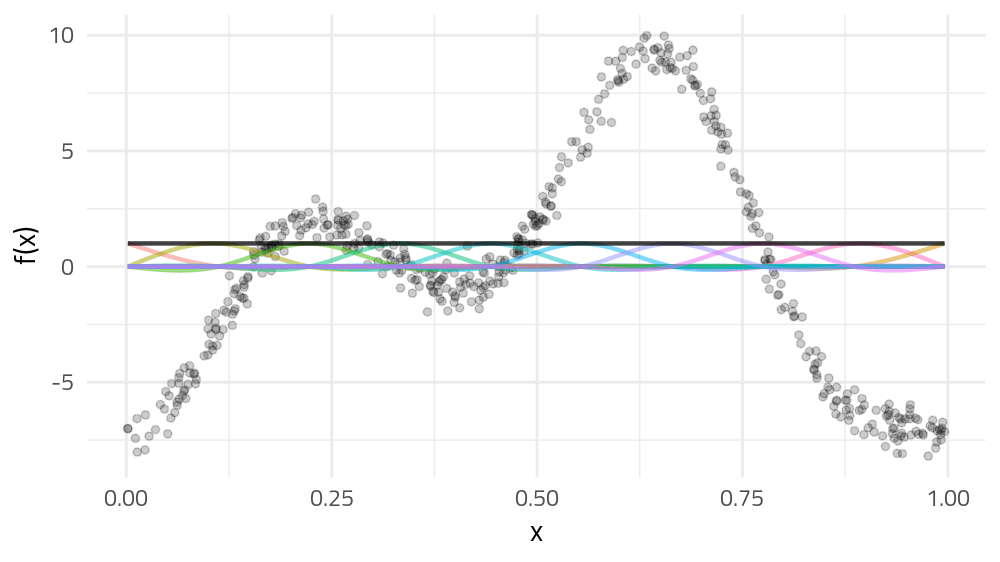
Fitting a GAM involves finding the weights for the basis functions that produce a spline that fits the data best, subject to some constraints
Avoid overfitting our sample
Use a wiggliness penalty — avoid fitting too wibbly wobbly models
Outputs
Developing methodological approaches
Developing packages to enable model-fitting by other scientists
Training
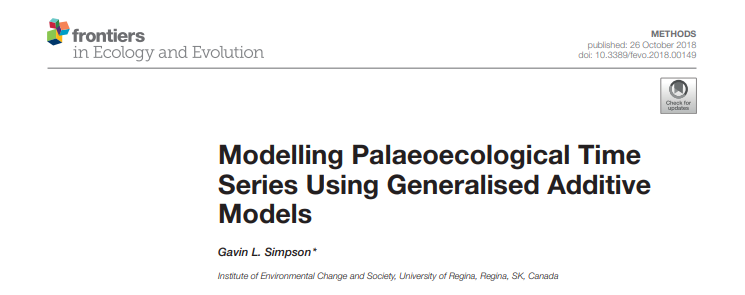
Simpson (2018) Frontiers in Ecology & Evolution

Pedersen et al (2019) PeerJ
Trends in water quality data
Memes are cool
Why statistics?
Estimate effect size
Estimate variance
Make predictions from a model
Why statistics?
Estimate effect size
Estimate variance
Make predictions from a model
Stats are cool™
Badly explained stats
Stats profs be like
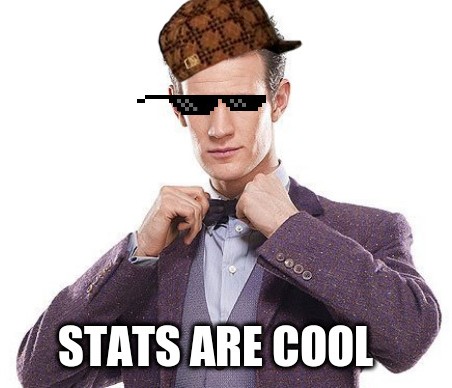
Badly explained stats
Stats profs be like

Students be like

Badly explained stats
GAMs
Conditional distribution
yi∼EF(μi,Θ)
Badly explained stats
GAMs
Conditional distribution
Link function
g(E(yi))=g(μi)=ηi
Badly explained stats
GAMs
Conditional distribution
Link function
Linear predictor
η=β0+p∑j=1fj(xj)
Badly explained stats
GAMs
Conditional distribution
Link function
Linear predictor
Homework: read chapter on GAMs and do ex. 1–20
Let's skip the theory and see the applications!
Master Agreement on Apportionment
12 rivers in AB, SK, MB
Apportionment of inter-provincial river water
Water quality objectives
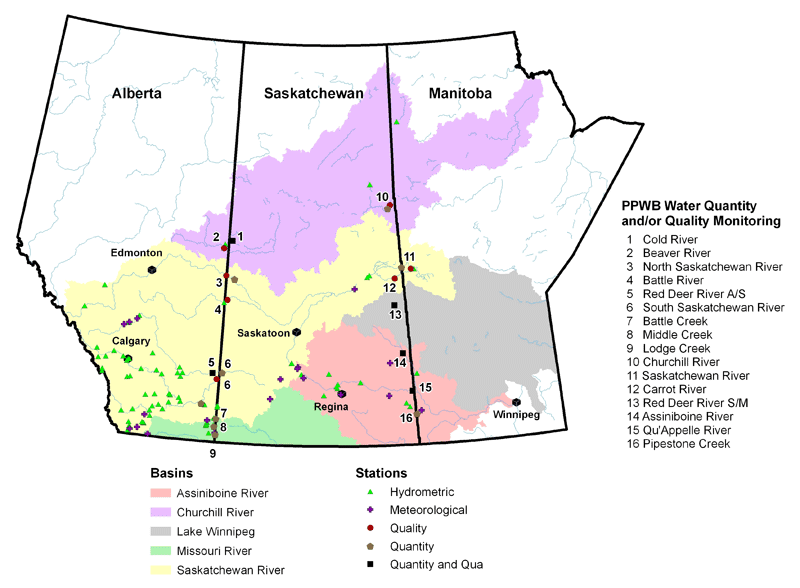
Sulphate in the Assiniboine River
Sulphate in the Assiniboine River
Sulphate ([SO4]) in Assiniboine River near Shellmouth
No significant increases over the years
Keep [SO4] < 299 mg L-1

The data
The seasonal Mann-Kendall test
Test statistic used for the detection of a trend in a time series
Commonly used for water quality assessment (Hirsch et al. 1982)
Used by the Prairie Provinces Water Board — responsible for MAA
Assumes that the trend is monotonic
Hirsch, R.M., Slack, J.R. and Smith, R.A. (1982), Techniques for trend assessment for monthly water quality data, Water Resources Research 18, 107–121.
GAMs should provide a more robust approach to trend detection
Model structure I
Create a model with year, seasonal, and flow effects
Model structure I
Create a model with year, seasonal, and flow effects
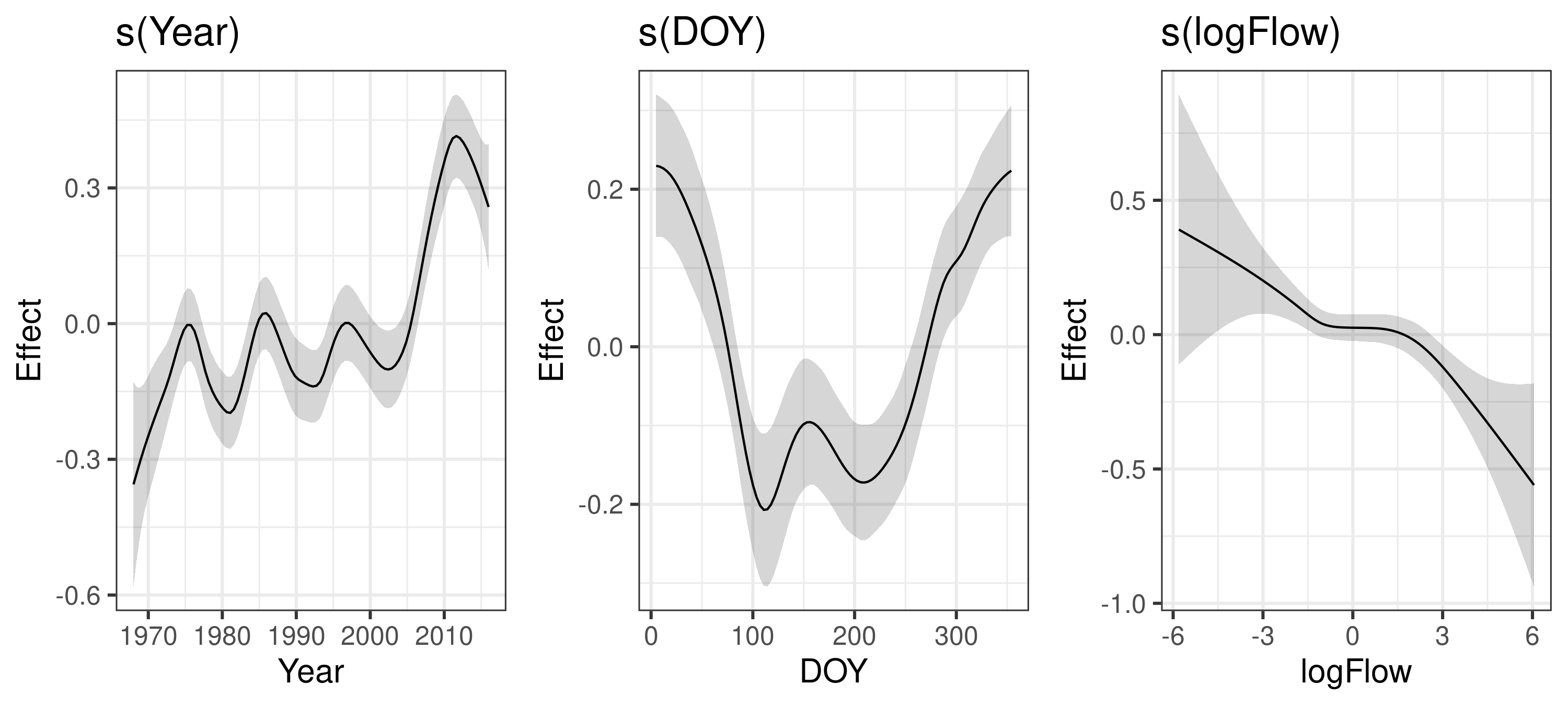
Model structure II
Add interactions between terms
Model structure II
Add interactions between terms
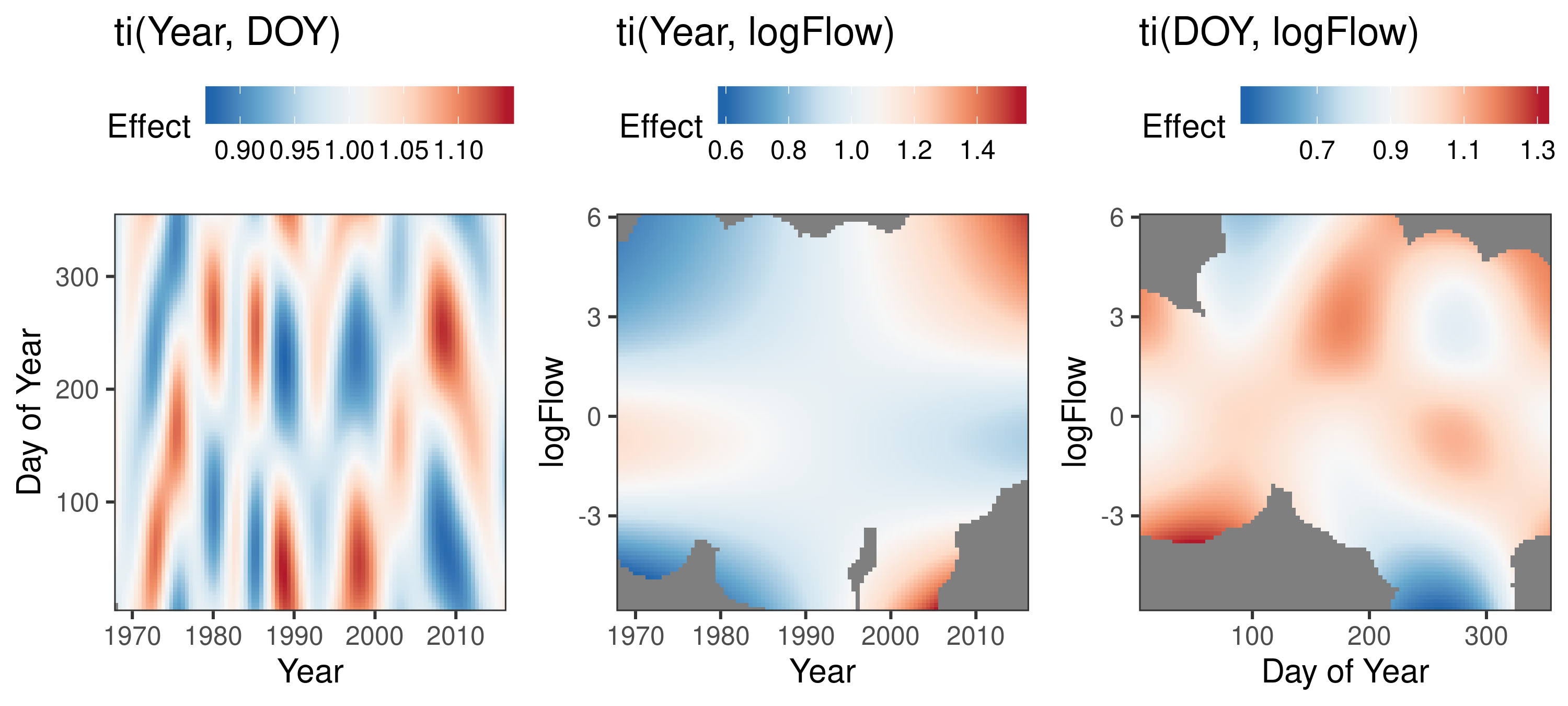
How seasonal patterns change over the years, How the effect of flow changes over the years (e.g. FX of dilution in seasons of high/low pollution), How the effect of flow changes over the seasons (e.g. FX of dilution in years of high/low pollution)
Using the model
Estimate E([SO4]) over time
Estimate probability [SO4] exceeds the guideline (299 mg L-1) over time
Identify years of significant increase in [SO4]
Expected [SO4] over time
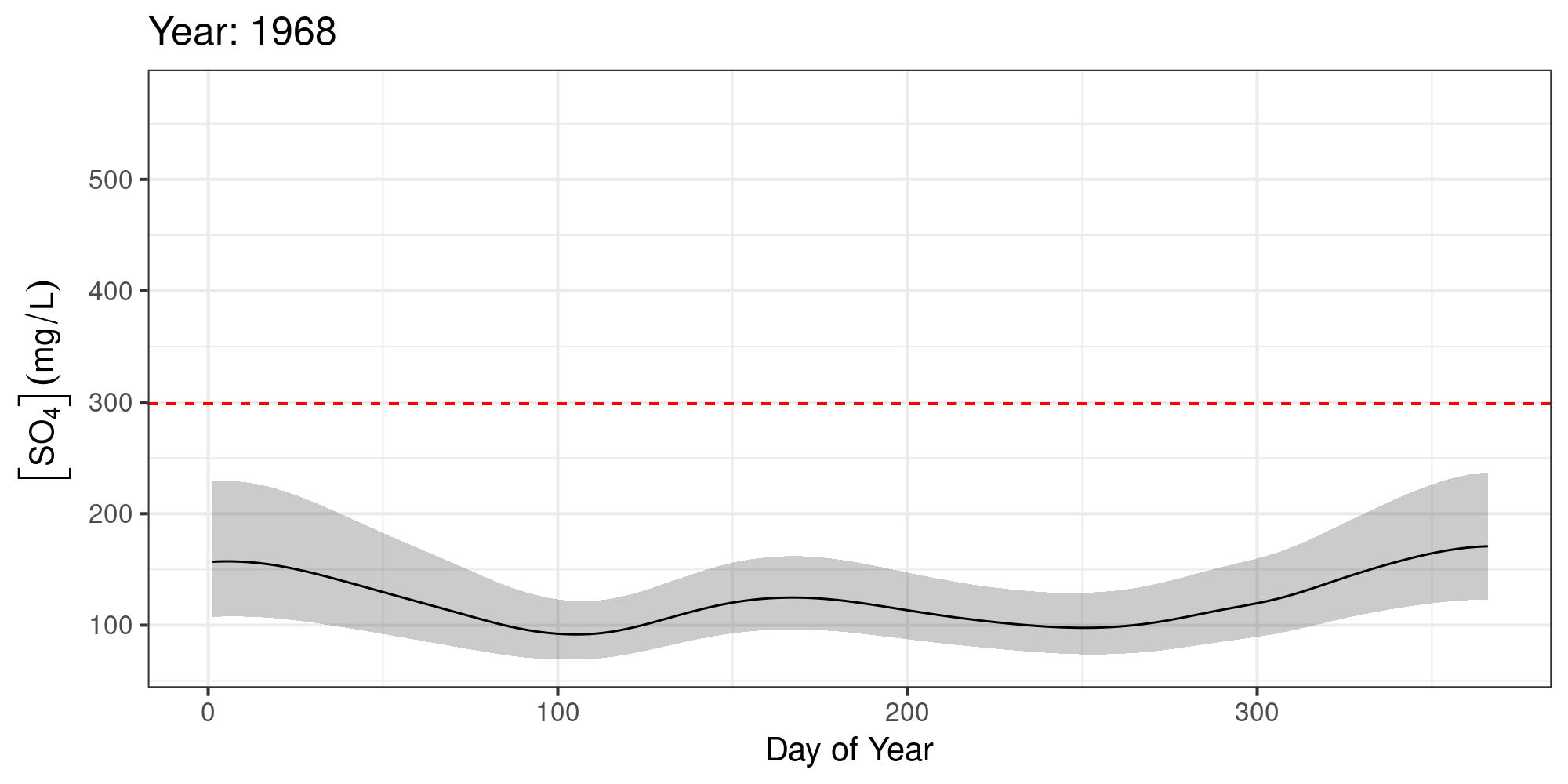
Expected [SO4] given log(Flow)
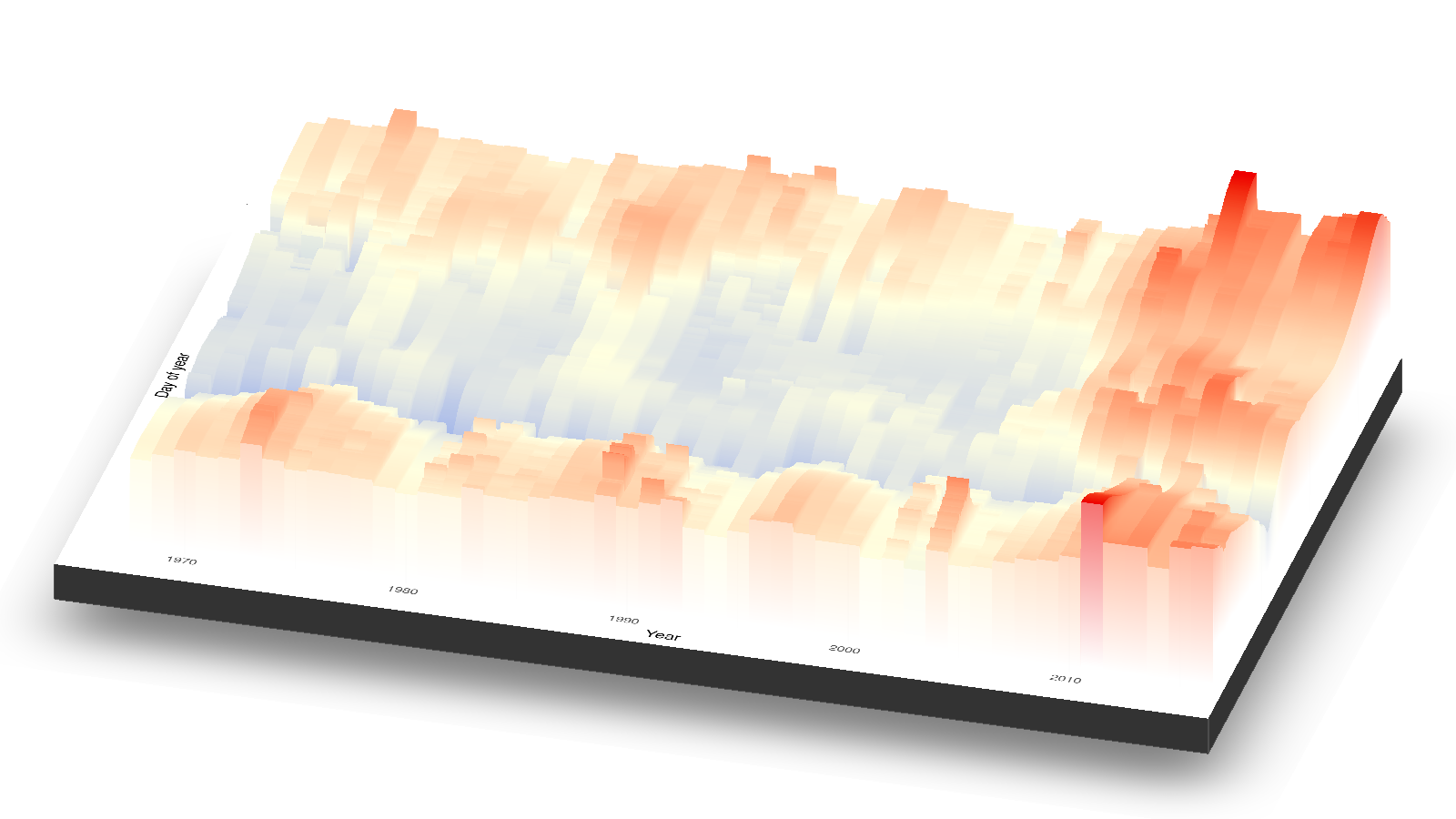
P( [SO4] >299 mg L-1 ) given log(Flow)

Instantaneous rate of change

Identify periods of change

using α = 0.05
as a guide…
Identify periods of significant change

Conclusions
Using the model we can show that:
The expected value of [SO4] was often > 299 mg L-1 — esp. after 2010
The probability that [SO4] exceeded 299 mg L-1 was often high — esp. after 2010
[SO4] increased markedly post 2008 — failure of the water quality objectives
[SO4] in the Assiniboine River should be monitored more closely
Saskatchewan's changing climate
Saskatchewan's
temperature
Adjusted and Homogenized Canadian Climate Data (AHCCD)
Monthly mean temperature
36 climate stations
Variables
- Year
- Month
- Latitude
- Longitude
- Climate Station
36693 observations
~ 36 stations ranging from Uranium City in the Taiga Shield to Poplar River near the Canadian-US border
Random effect allows the model to account for the variance between locations due to any systematic/random error
There 36 693 observations
Daily temperature data are available, and models have been run for these, but we decided to use monthly temperature because there were less than 37 thousand observations vs the 1.1 million
Mention map
yes… moar GAMs…
To show changing trends, I used HGAM…
After Gavin’s and Stefano’s presentations, expect one of the following thoughts on GAMs.
At the very simplest, GAMs better model wiggly data and show trends more accurately than linear models would
Hierarchical GAMs
Don’t freak out before I get the chance to present on why I’m really here
HGAMs are a lot simpler than you may expect
Only difference is data can be grouped, and trends can vary between the groups
Hierarchical GAMs
HGAMs are similar to GAMs
Instead of one model per time series, model all time series at once
Smooths can vary between time series
Can determine
common trend over all stations
unique trend for each station
Quick heads up
The Stavrinauts made me add this…
Why a hierarchical GAM?
Not to bore with stats jargon
Many studies of Canadian temperature & climate data
Individual linear models for each climate station
Have to compare all the models post hoc
We know temperature not changing linearly
HGAMs allow us to model wiggly curves and account for spatial trends
HGAMs allow us to model wiggly curves to the data and account for location differences, all in one model
Effects of time
Break down components of the model
Left: average seasonal trend across all stations, summers much warmer than winters
Effects of time
Difference is 30-40 degrees
Middle: temperature change throughout the years
Fewer temperature stations in the beginning, hence the large Cis
Temperature has become more variable between years
Right: while left shows average trends, the right plot shows how seasonal trends have changed by year
Seasonal temperature changes over time
Three main cities in Saskatchewan for last 118 years
Temperatures are increasing throughout the seasons, but the winters are more drastic
Effect of space
- Northern SK is colder than southern SK
First thing to notice is that north SK is colder than south SK
Effect of space
Northern SK is colder than southern SK
Difference is about 9℃
Fewer stations in northern SK
Need to use the model to extrapolate between stations
9 degrees difference
Fewer stations in north; therefore, use model to extrapolate for all possible
Space & time
2018 modelled temperature
Spatial pattern changes throughout the year
Greater temperature variability in northern SK
How spatial trends change throughout the year
North SK has these two vertical bands that are warmer in the summer and colder in the winter than the adjacent area
South SK is not as variable and remains even throughout the year
Effects of time
Refresher, these plots show the global/average trend, but we also want to know how individual stations vary around these average trends
Station effects
First plot shows how locations vary within years
Some have warmer winters and cooler summers than average
Some are the inverse. Most stay around the average
Second plot: how locations vary throughout the years
Again, most stay around the average. But some have increased
Two weird ones that have cooled and are now closer to the average
Conclusions
HGAMs are useful for modelling wiggly data from many climate stations
Temperatures have significantly increased across Saskatchewan since the 1880s
This change is more clearly seen in the winter months
Seasonal trends vary spatially and temporally
Significant variation in the trends at each climate station
Climate change affecting lake temperatures?
Why worry about minimum temperatures?
Why worry about minimum temperatures?
Annual minimum temperature is a strong control on many in-lake processes (eg Hampton et al 2017)
Extreme events can have long-lasting effects on lake ecology — mild winter in Europe 2006–7 (eg Straile et al 2010)
Reduction in habitat or refugia for cold-adapted species
- Arctic charr (Salvelinus alpinus)
- Opossum shrimp (Mysis salemaai)
Hampton et al (2017). Ecology under lake ice. Ecology Letters 20, 98–111. doi: 10/f3tpzh
Straile et al (2010). Effects of a half a millennium winter on a deep lake — a shape of things to come? Global Change Biology 16, 2844–2856. doi: 10/bx6t4d
Multiple time series → HGAM
central limit theorem
Central limit theorem shows us that the Gaussian or normal distribution is the sampling distribution for many sample statistics, including sample means, as samples sizes become large
Central limit theorem underlies much of the theory that justifies much of the statistics you learn about in your statistics courses, and supports the use of the Gaussian or normal distribution
Annual minimum temperature
block minima
Fisher–Tippett–Gnedenko theorem
The maximum of a sample of iid random variables after proper renormalization can only converge in distribution to one of three possible distributions; the Gumbel distribution, the Fréchet distribution, or the Weibull distribution.
block minima…?
highly technical fix
Negate the minima
plus some jiggery-pokery after model fitting
three distributions — WTF
Generalised extreme value distribution
In 1978 Daniel McFadden demonstrated the common functional form for all three distributions — the GEVD
G(y)=exp{−[1+ξ(y−μσ)]−1/ξ+}
Three parameters to estimate
- location μ,
- scale σ, and
- shape ξ
Three distributions
- Gumbel distribution when ξ = 0,
- Fréchet distribution when ξ > 0, and
- Weibull distribution when ξ < 0
Fit HGAMLSS using GEV for response
HGAMLSS…?
Model μ, σ, ξ with smooths of Year
Estimated smooths
Summary
Lake minimum surface water temperatures have increased by on the order of 1–3 degrees over the last 60 years
Evidence that the distribution of annual minima has changed in many lakes — implications for future extreme events which have long-term knock-on effects
HGAMLSS with the GEV distribution are a good way of modelling common trends in environmental extremes
Acknowledgements
Funding

Data
- Prairie Provinces Water Board — Dr. Joanne Sketchell
- Environment and Climate Change Canada & Government of Canada
- Iestyn Woolway and colleagues for archiving the lake surface water data
Slides
- HTML Slide deck bit.ly/bio-wibbly © Simpson, Hinz, Mezzini (2019)

- RMarkdown Source

